Conversations Engineers need to have about Risk Management
The theme for Season 5 of our Risk! Engineers Talk Governance podcast is ‘Conversations engineers need to have about risk management’. These are sometimes hard conversations and not necessarily popular conversations, but we think it is important that they are had.
The reason we bring up the need for these discussions is that the notion and understanding of risk appears to have changed over time.
Richard and I have always understood risk to be a negative concept and have focussed our careers on addressing downside safety, environmental, project and enterprise / organisational issues.
However, the idea of upside risk and reward seems to have become the focus in the engineering space recently. For example, the title of the upcoming Engineers Australia Risk Engineering Conference is Turning Risks into Opportunities.
This is a very commercial or project view on risk, where there are upside benefits. Most engineers are focussed on safety risk which is all downside risk (zero harm), for which there is no risk appetite.
There is also the feeling that risk is stifling innovation and that some risk needs to be taken to achieve great outcomes. R2A would consider this entrepreneurship rather than risk management. Risk in this sense would be a by-product of innovation, but the consequences would just be commercial / financial, repetitional or not achieving the desired outcomes.
Late last year, R2A delivered a course on Risk Management to Chartered Engineer Assessors. We were horrified to hear that only a very small number of candidates interviewed for chartered status thought that the Work Health and Safety (WHS) Legislation (OHS Act in Victoria) was relevant to their role and they had to worry about risk management.
As due diligence engineers, this is more than alarming. Safety is paramount. The role of engineers is to ensure that all reasonable, practicable precautions / controls are in place for all credible critical safety issues.
This applies to the entire engineering process – design, operation, maintenance, etc. Innovation can be achieved for safety issues and it is usually in the controls / precautions that can be put forward.
For example, in the pilotage of large vessels into ports, Personal Pilotage Units were new technology 30 years ago. They were big and bulky and difficult for pilots (on big vessels) to get on and off ships. Today they are very accurate devices and the size of a laptop or tablet. This technology has now become good practice and is typically used by most marine pilotage organisations if there is a need.
There have also been significant improvements to safety in the mining industry, where now the explosive charges are let off from a remote site control room rather than have a miner underground to do that task.
R2A doesn’t think that rewards and opportunities should be the main focus of risk management in an engineering sense, especially when dealing with real engineering problems.
Safety cannot be ignored. If something is prohibitively dangerous, then it must be stopped.
For all other safety issues, all reasonably practicable precautions must be in place. Controls are assessed based on the balance of the significance of the risk verses the effort required to reduce it.
Environmental issues are in a similar category to safety and, in Victoria, have the same legislative requirements.
Here are some helpful tips we recommend for engineers to manage risk:
Understand the legislative context / environment in which you work.
Criticality before risk always. Catastrophic events must be seen to have been properly managed.
Be diligent, you can’t always be right.
It’s all about design not risk assessment. Risk assessments are only used to test the value of a proposed control.
Standards are just a starting point. You must do better if you reasonably can.
Work collaboratively with key stakeholders (the parties that live or die by the result), not just interested parties.
